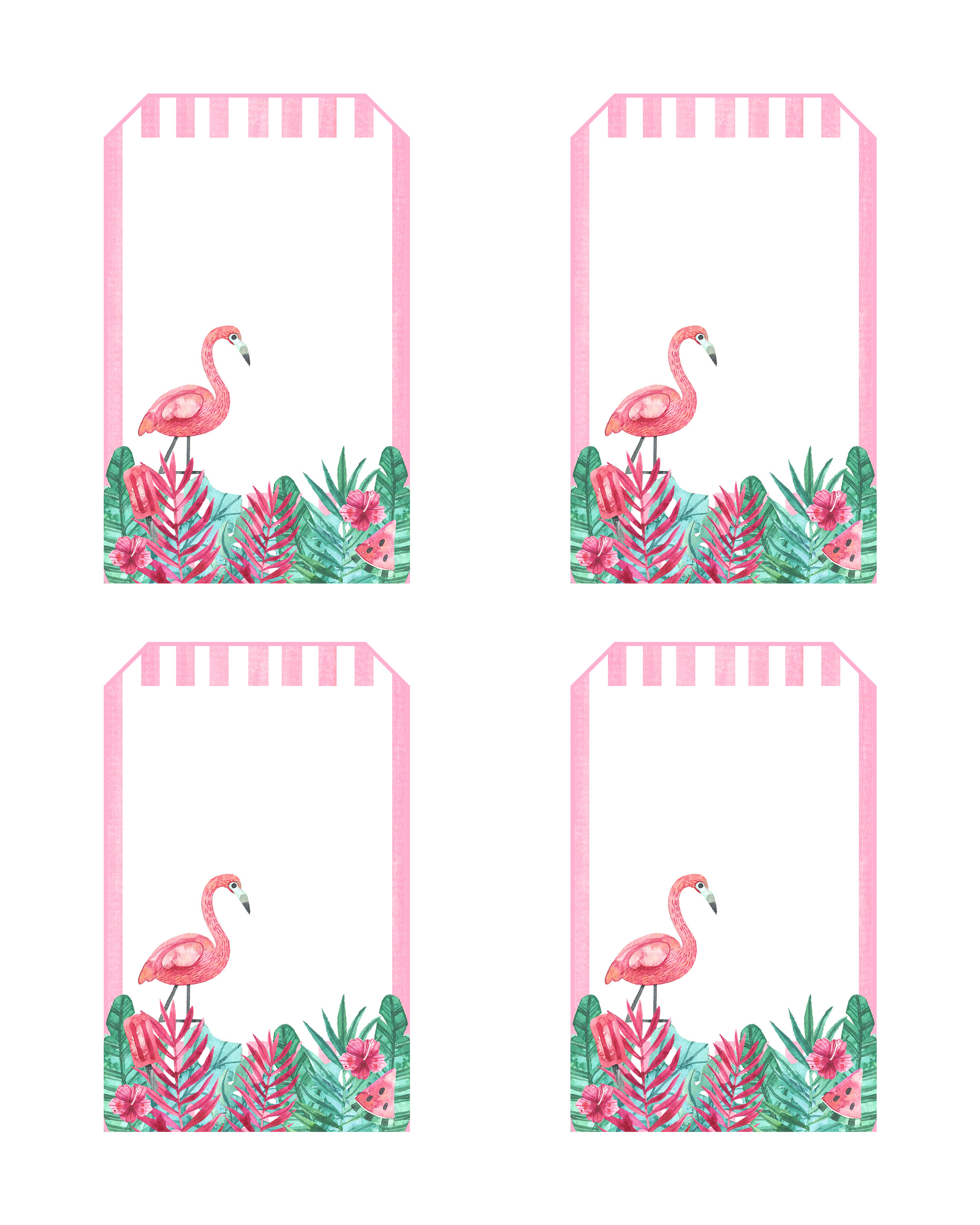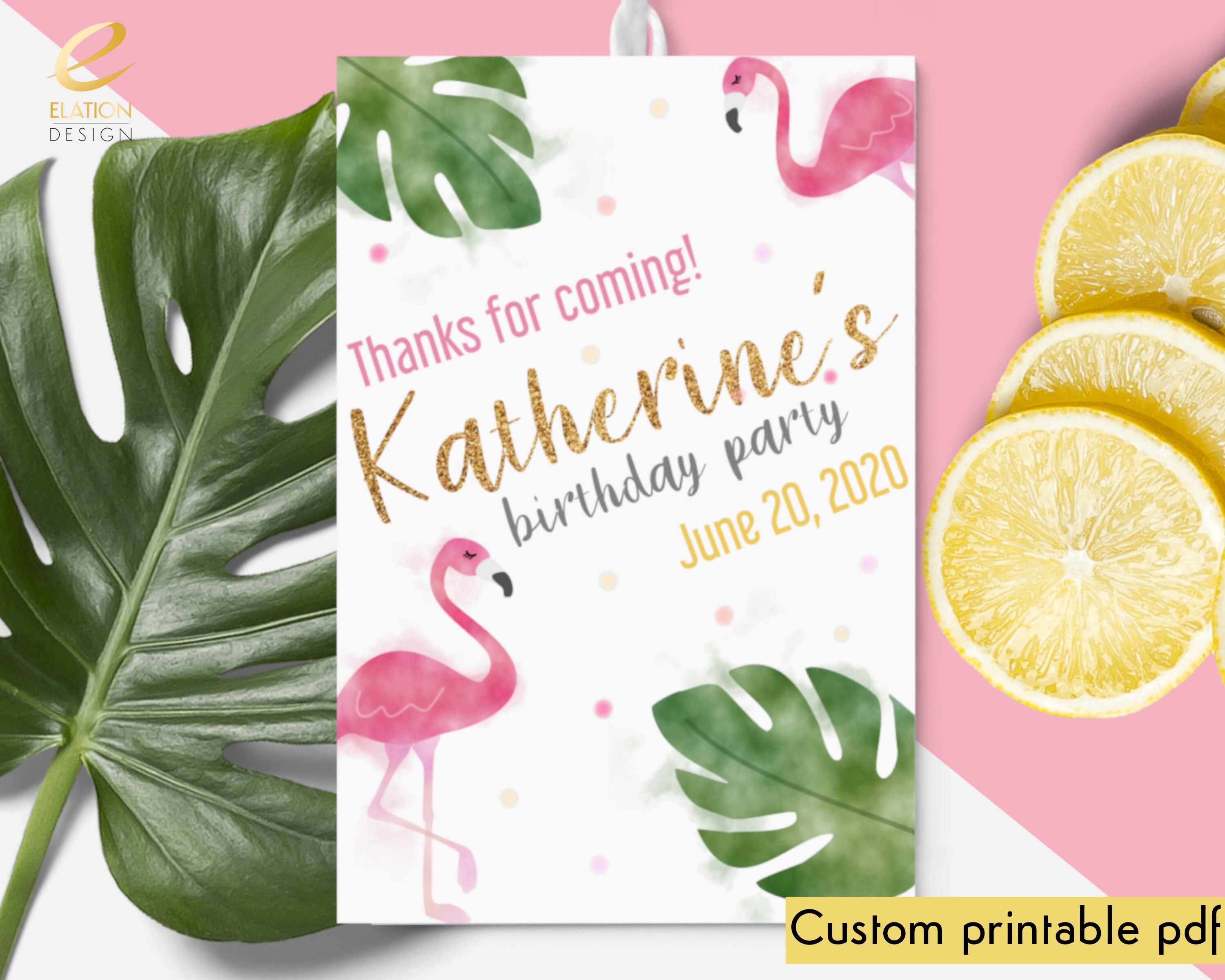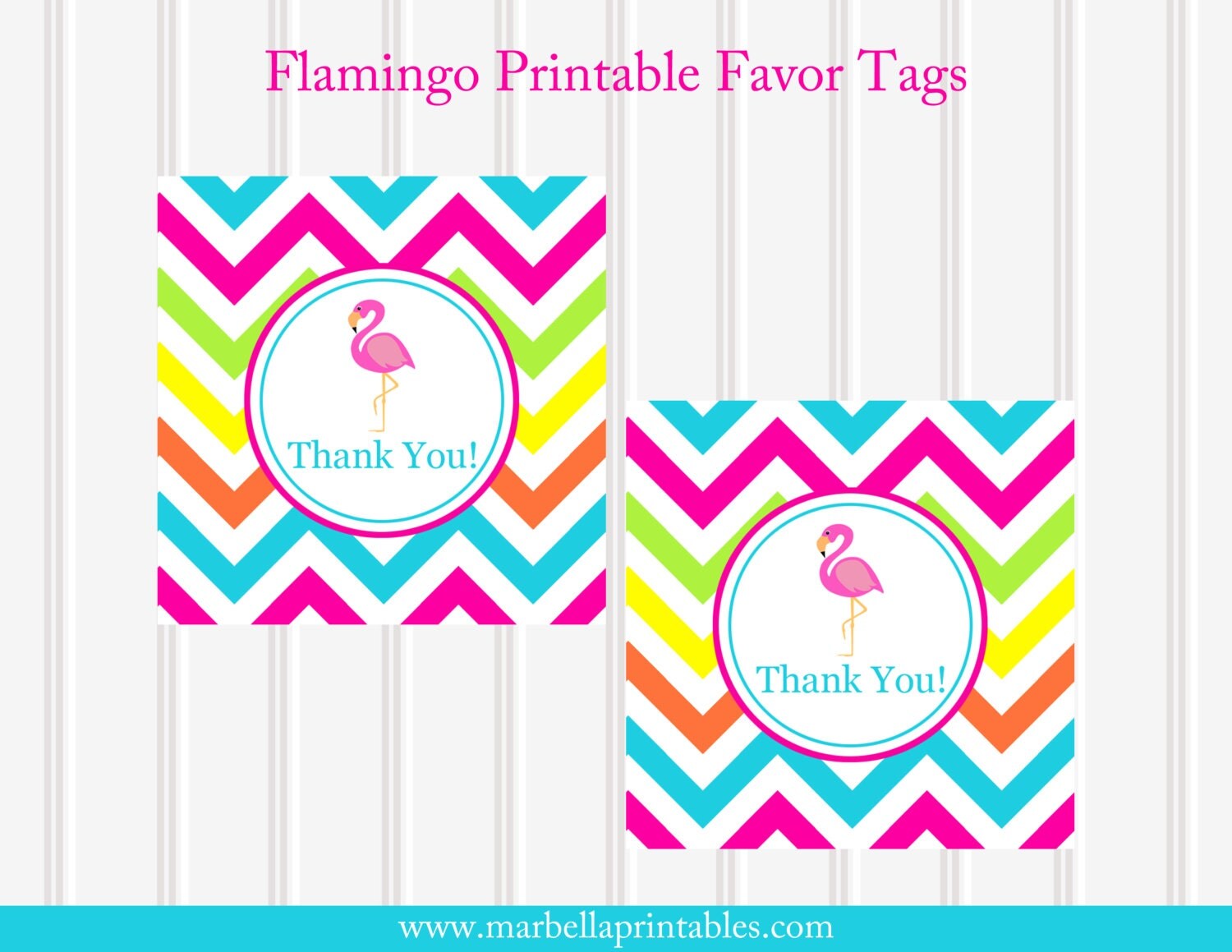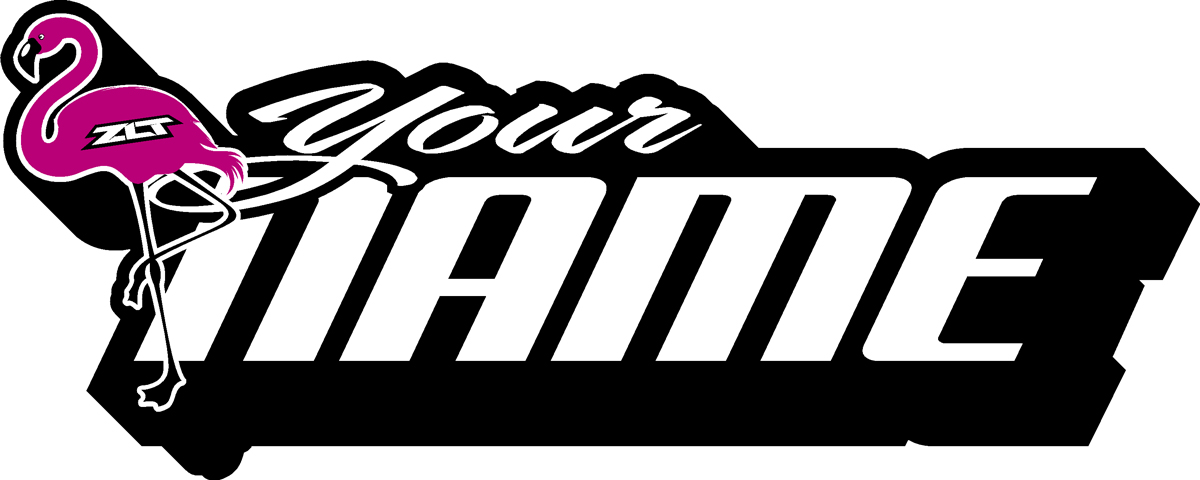

This comes from the shrimplike crustaceans in their diet. Their food provides the bright coloration. In some parts of their range they eat rice. They have a varied diet made up of insects, worms, algae, seeds, decaying leaves and vegetation. They stand 1.5m (5ft) tall and weigh up to 4kg (8.25lbs). The greater flamingo is the largest flamingo species. They have yellow eyes surrounded by a narrow pink ring. Their large pink bill is curved downwards and ends with a black tip. The back facing toe is either small or missing. At the end of these the feet feature webbing between each of the three front facing toes. In the middle of the leg is a joint which appears to be the knee but is actually the ankle. Under the wings are black flight feathers. Their body is covered mostly with pink feathers though some may be a whitish pink. How do you feel about your changing color? Share your story with a friend or family member.The greater flamingo is one of the world’s most recognizable birds. What's going on? Is this natural? Are you worried? Or do you prefer your pink feathers? Write a short story from the perspective of a young flamingo just growing into its pink feathers. But as you get older, you see your feathers being replaced with a light shade of pink feathers.
BLACK AND WHITE FLAMINGO NAME TAGS SKIN
If your diet affected your skin color, what color would you be? Write a short poem or story that explains how life would be different if your diet made you change colors! Have you ever heard someone say that you are what you eat? If that was true, what would you be? A pizza? Some crackers? Chicken nuggets? Or would you be an apple or some broccoli? Let your imagination run wild and think about what life would be like if you were similar to a flamingo.

We hope you enjoyed our very first Wonder of the Day! Be sure to check out the following activities with a friend or family member: Thanks to a varied and balanced diet, however, we can enjoy these carotenoid-filled foods without having to worry that our skin will change color overnight. These pigments are responsible for many of the red, yellow, and orange fruits and vegetables that we love, including carrots, apricots, squash, mangoes, and sweet potatoes.

Though algae may not be at the top of your family's grocery list, humans also eat foods rich in carotenoids. If a flamingo were to adopt a meal plan similar to other birds who feast on insects, seeds, or berries, its feathers would eventually become white or a faded pale pink. Carotenoids are essential to maintaining the flamingo's signature color. What do flamingos eat? A flamingo's diet primarily consists of aquatic organisms - such as shrimp and algae - high in pigments called carotenoids.Ĭarotenoids are the same pigments that cause shrimp to turn from gray to pink when they're boiled. Their distinctive pink color develops over time thanks to their selective diet. They weren't born that way, though! Baby flamingos are actually born with gray feathers. With vibrant pink and orange plumage that seems sunset-inspired, flamingos are some of the best dressed birds in the avian world. We'll summarize what we learned for you here. The pelican went on to explain why flamingos are pink to the seagull. Pelican: Actually, he's pink because he's a really good fisher! Although he's not necessarily catching fish… It's pink! He must be embarrassed to be such a bad fisher. Seagull: He must not be catching many fish.

Pelican: Howdy Steve! I was just watching Frank the flamingo fishing over there. We were hanging out on the Wonderopolis seashore the other day when we overheard an interesting conversation between a seagull and a pelican:


 0 kommentar(er)
0 kommentar(er)
